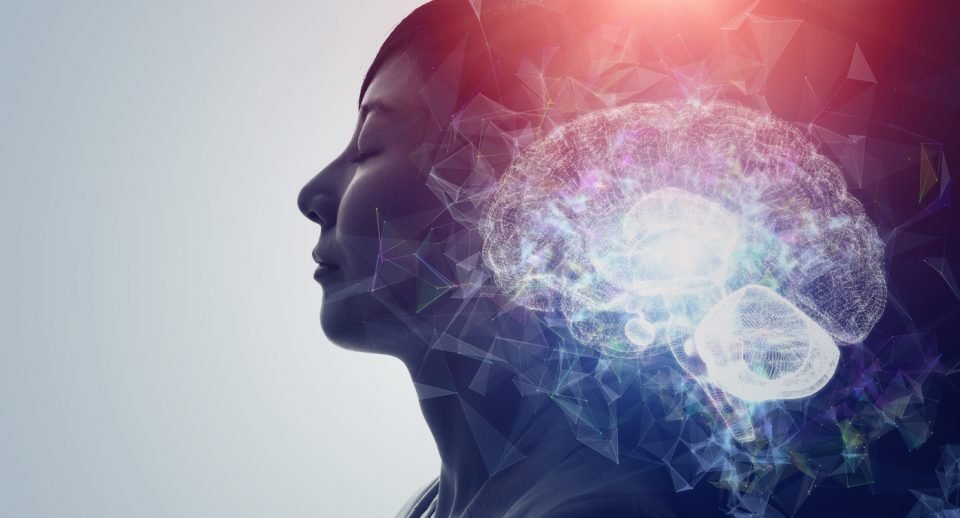
<!DOCTYPE html PUBLIC "-//W3C//DTD HTML 4.0 Transitional//EN" "http://www.w3.org/TR/REC-html40/loose.dtd“>
By Sandra Gordon
The hormones in your body are potent chemicals that impact much more than just pregnancy or fertility. Released into your bloodstream by specialized glands or organs, these purposeful messengers shape everything from how quickly you feel pain to how efficiently you burn calories. Even tiny amounts of hormones can lead to significant changes. Here’s an overview of some of the most crucial hormones and their effects on your health.
SEX HORMONES: Estrogen & Progesterone
Main functions: To manage your reproductive cycle and create a supportive environment in the uterus for a potential fertilized egg.
How they work: At the start of your menstrual cycle, the levels of estrogen and progesterone produced by the ovaries decrease, leading to the shedding of the uterine lining (endometrium). As the cycle continues, the ovaries ramp up production of both hormones, peaking in estrogen around midcycle when an egg is released (ovulation). If the egg is not fertilized and integrated into the uterus, levels of estrogen and progesterone drop around day 28, indicating the start of a new cycle. Conversely, if a fertilized egg does implant, the levels of both hormones remain elevated to sustain optimal conditions for embryonic development in the uterus.
The downside: Progesterone is responsible for premenstrual symptoms like temporary water retention and associated weight gain. “Progesterone causes your circulatory system to slow down,” explains obstetrician/gynecologist Jayshree Vyas, MD. Essentially, the process of taking in water and flushing it out becomes sluggish, leading to water retention.
Did you know? Beyond its reproductive roles, estrogen contributes to preventing osteoporosis by boosting calcium absorption, essential for maintaining bone health. It also protects against heart disease by increasing “good” HDL cholesterol and regulating “bad” LDL cholesterol levels. This explains why premenopausal women have fewer heart attacks than men. However, during menopause, when estrogen and progesterone levels decline, the risk of osteoporosis rises, and women’s resistance to heart disease diminishes. By age 65, the likelihood of having a heart attack is equal for women and men.
There is also substantial evidence that estrogen may enhance brain function and memory.
ENERGY HORMONE: Insulin
Main function: Produced by the pancreas, insulin helps your body use glucose, a form of sugar.
How it works: The moment food enters your mouth, your brain signals the beta cells in your pancreas that food is coming, according to endocrinologist Priscilla Hollander, MD. Once food reaches your stomach, it’s broken down into glucose, which is absorbed into your bloodstream. To enter fat and muscle cells and provide energy, glucose requires an escort from insulin. “Fat and muscle cells have receptors on them that act like a lock,” explains Hollander. “Insulin is the key that allows glucose to enter.”
The downside: Insulin is also responsible for converting excess glucose into fat, which gets stored in your body, particularly around your hips.
Did you know? Type 1 diabetes occurs when your pancreas completely stops producing insulin, usually diagnosed before the age of 30. Type 2 diabetes happens when your pancreas does not produce enough insulin or when your body’s cells fail to absorb the insulin that is produced. In either scenario, your cells lack the energy they need to function.
According to the American Diabetes Association, roughly 34.2 million Americans have diabetes, and about one-third of them are unaware of their condition.
Untreated Type 1 or Type 2 diabetes can result in severe complications like blindness and kidney failure. Wondering if you might be diabetic? Consult your doctor if you experience symptoms like frequent urination, constant thirst, unexplained weight loss, fatigue, blurred vision, tingling or numbness in your hands or feet, frequent infections, or slow healing of cuts and wounds.
STRESS HORMONES: Noradrenaline & Cortisol
Main function: Noradrenaline and cortisol are major hormones secreted by the adrenal glands, located atop your kidneys. Noradrenaline is also produced in other important areas, including your heart, brain, and blood vessels. Your body constantly generates both hormones, but they become particularly active during the fight-or-flight response, providing a radar for sudden fear and stress.
How they work: When faced with danger, such as an oncoming vehicle, these hormones elevate your heart rate and enhance blood flow to your limbs, enabling you to escape to safety. Once they fulfill their purpose, they are metabolized by the liver and eliminated by the kidneys.
The downside: Acute stress can lead to excessive production of noradrenaline and cortisol. For instance, both hormones are at peak levels during a heated argument.
Stress ignites a hormonal chain reaction that can result in various health issues, including stomach ulcers, chronic back pain, and even heart attacks.
Did you know? Without noradrenaline, your nervous system would struggle to transmit messages throughout your body. For example, you wouldn’t be able to jump out of the way of that car or react quickly to pull your hand away from a hot surface. Without cortisol, the DNA in almost every cell in your body wouldn’t receive the necessary signals, jeopardizing your survival.






